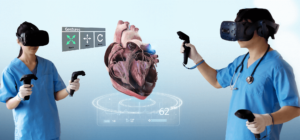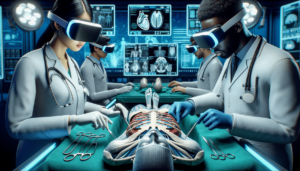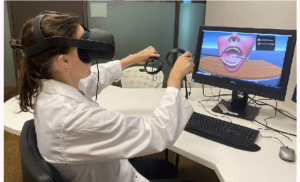Using AR/VR to Enhance Medical Education and Training
Today both Advanced Reality (AR) and Virtual Reality (VR) are revolutionizing many sectors and the healthcare industry has not been left out. These technologies create values in the field of health care for students and healthcare workers because they offer opportunities which make both education and training to be interesting, efficient, and real.

AR and VR is a technology that has the capability of creating simulations which help students practice and if they make some mistakes then they do not harm any patient. In those simulation exercises, the students can practice actual tough surgeries, diagnostic procedures as well as communications with patients, and boosting the confidence and competence before getting into the real world.
Do you know that AR and VR is able to create and visualize complex anatomical structures and medical concepts in three-dimensional space? I have found that graphics are beneficial in understanding and retention as they help students understand fast difficult topics. For example, students can study and look at human parts like the organs, tissues, and blood vessels.

AR and VR also contain vast ability to revolutionize the medical training in remote or undeserved areas. From my research this is a technology that has the ability of providing high-quality simulations that in return narrows the gap between medical education and training resource. Healthcare practitioners or doctors from remote areas have the benefit of receiving continuous training and skill development that we later see from improved patient care outcomes.

Is it possible to develop simulated patient experiences into real environments with help of AR and VR? I know students would largely acquire skills like problem solving and decision making from the AR and VR technology. By exposing them to actual scenarios of medical practice in simulation, learners are in a position to perform well in clinical practice.
WRITTEN BY: AMEDICC.COM
PHOTO CREDIT: GOOGLE.COM
